
TECHNICAL ARTICLE
FEATURE ARTICLE
Palsgaard’s application specialists spend up to 150 days a year travelling the world to help the ingredient manufacturer’s industrial bakery customers meet a wide range of challenges.
Claus E. Nielsen is a bakery application specialist with Palsgaard A/S, a leading ingredients manufacturer whose particular claim to fame is its invention of the first commercial emulsifier almost 100 years ago. Today, Palsgaard exports high-quality emulsifiers and stabilizers to markets around the world. The products, however, aren’t the only ingredients of baking success for the company’s customers; Experienced application specialists like Claus can be key to understanding what an industrial bakery needs to achieve – and how best to achieve it. And with a travel schedule of up to 150 days each year, they get to see a bit of everything that’s happening in the wide world of baking.
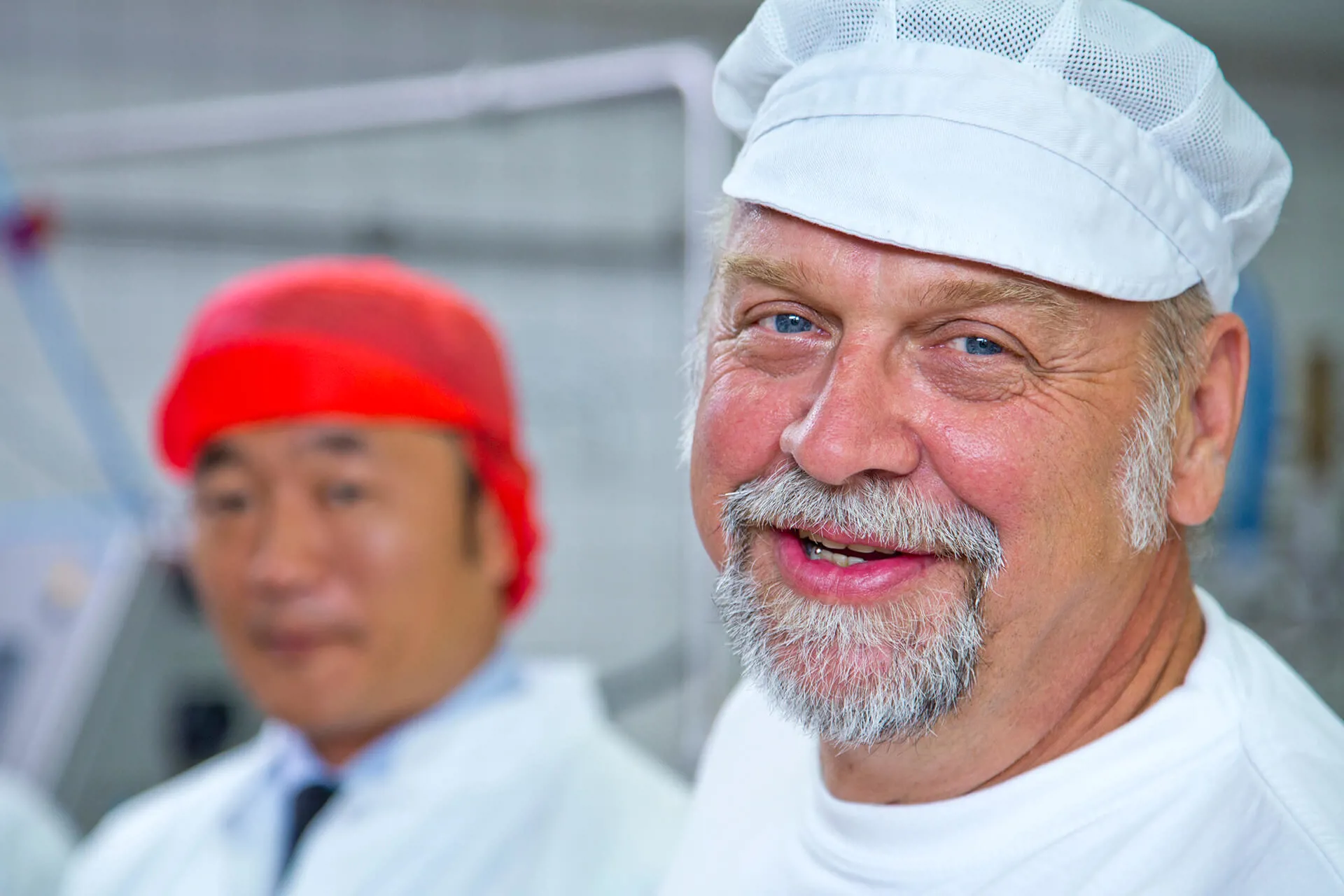
“We work with a lot of different customer challenges,” says Claus. “Sometimes, one of our existing customers wants to make a few changes, optimising their recipes in terms of cost and functionality, or fixing a product quality issue. Maybe their Swiss roll won’t roll properly, for example. Other times, I’ll be talking to a bakery hoping to enter an entirely new market – without having the know-how, recipes or equipment to do the job. They just know there’s a business opportunity out there and ask us about the best way to get things going.”
To address production problems or seize new opportunities, Palsgaard’s application specialists consider three focal areas: raw materials, machinery, and skilled people. Typically, the application specialist will start by focusing on the desired product and the recipe needed to create it, and then he or she will examine the customer’s existing production line equipment or specify a new setup that will get the most out of the ingredients.
Whatever the challenge is, production costs and retail saleability are constant priorities. “You always need to keep your eye firmly on the financial side,” says Claus. “You can’t afford to work with a recipe that makes your process 10 to 15 percent more expensive or shortens shelf-life.”
Asked to come up with a textbook example from his many years in the field, Claus recalls the story of an Asian-style cupcake that went from nowhere at all to become a runaway market success.
In fact, that story started when another of Palsgaard’s application specialists was asked if she could come up with something new for an industrial bakery in Asia. She was aware of a particular type of cupcake that was selling well in another part of the world and thought it could be just the thing for the customer’s own market. Taking matters (literally) into her own hands, she baked the product artisan-style at a local handcraft bakery and showed it to the customer. The idea was warmly received. Now the challenge was to prove that it could be produced industrially while retaining most of its quality.
“The customer had a biscuit factory but nothing for soft cakes,” Claus remembers. “And none of the skills or machinery to get started. What they did have, however, was an open field, ready for a cake factory to be built.”
Three months after the first on-site visit, the biscuit manufacturer sent a group of technical staff to one of Palsgaard’s five global application centres, and a week of work began to develop the basic recipe. A year later, Claus was back on site, helping to start up and fine-tune a brand-new production line. Shortly after, the cakes were in the market as the company’s first baked product, becoming an instant success.
“As an artisanal product, the cake had a shelf-life of two to three days,” says Claus. “But here we needed to achieve 6 months – partly to ensure export markets could be served. To achieve this, alongside other required qualities, we used the special capabilities of our own emulsifiers. At the end of the day, we managed to achieve the right shelf-life, and the result was a soft, tight structure with an attractive appearance.”
Normally, a two-string production line would be required to produce this type of baked goods. Palsgaard, however, suggested a single line – saving an aeration line, which is one of the more expensive parts of a production setup. A single string solution also simplifies production, removing the need to carefully control and synchronize two lines – something that can cause variations, for example, in cake quality. While such a system had never been commercially implemented before, the team had successfully tested the concept at Palsgaard’s own industrial-scale pilot plant in Denmark.
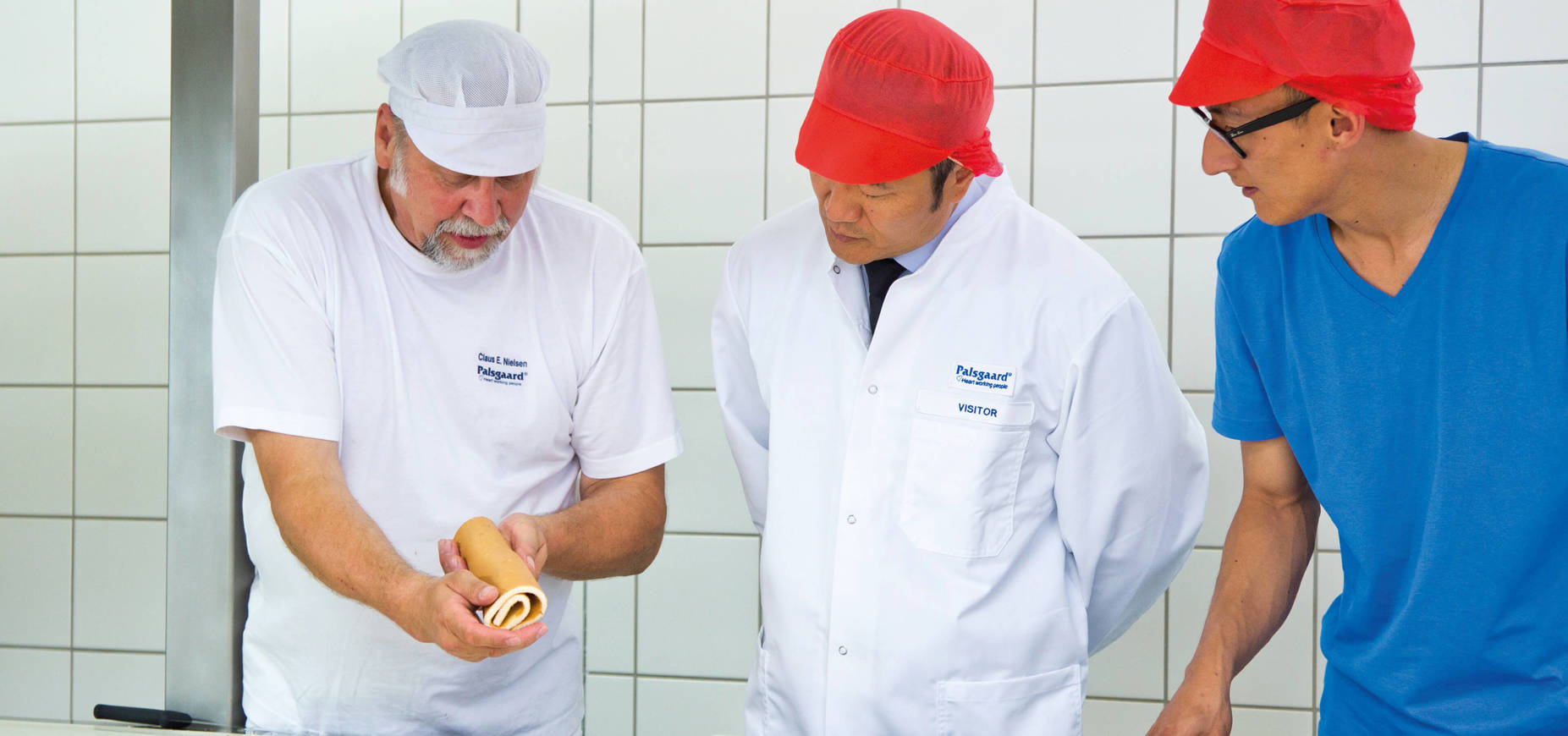
“Challenges need to be solved with new approaches,” says Claus. “I generally can’t make a difference unless people let me make some changes to the recipes and, most likely, their production processes. If I can’t go in, get my fingers on the buttons and conduct some experiments, it’s hard to get any useful results.”
As any application specialist worth their salt knows, new ingredients that can bring about the desired effects are likely to work in a different way from what the baker has been doing to date.
“We’re rarely talking about changing the machinery itself,” says Claus. “It’s more the settings of the oven, the pre-mixer, the aerator or similar. Usually, I can optimise the process so that instead of using eight minutes for pre-mixing, for example, we can do it in just six. To make it work, you need an understanding of the entire process: What needs to be changed throughout the line if you make any single change at any particular point? Generally speaking, if you push one button, you have to push them all!”
Arriving at a customer bakery, Claus typically starts with a day of examining how machines work, their settings, and the resulting cake quality. He pores over the recipe, gradually building a hypothesis for how to attack things the next day, then sitting down with the customer to plan trials for the following day. His job is to combine Palsgaard’s emulsifiers with existing equipment and ingredients, hoping to achieve early results that can inspire the customer to adopt a more effective and efficient baking approach.
“I often look at ingredient lists for cakes and tell people ‘This you can take out, and this and this’ – perhaps as many as seven or eight unnecessary items,” Claus says. “Often, many of the ingredients were added to compensate for specific, temporary conditions such as a difficult harvest. And no one has removed them since.”
“Over the years, our application specialists have worked with almost every brand or model of machinery. From ovens and aerators to rolling or cutting machines, they don’t work the same way every time, so you have to spend some time getting to know the customer’s exact setup. That said, the basics are very similar,” Claus explains.
Palsgaard’s application specialists regularly advise on the best layouts for factory buildings – separating, for example, the baking area and the packing area to avoid food safety issues. They can recommend machinery types – and even specific equipment suppliers that have just what will be needed in their product range. At times, a specialist’s hands-on knowledge can save bakers from making costly mistakes.
“Unfortunately, some companies have bought their machinery before they even know what they want to make. And we may have to tell them you can’t produce this type of cake on that particular equipment. Unless, that is, significant changes are made,” Claus explains.
Key to the work of Palsgaard’s application specialists is an understanding of national and regional differences around the world. What makes a good cake in Northern Europe might not keep consumers happy in the US or Asia, where quite different textures and appearances are sought. And eggs, baking powder, and flour differ from region to region.
“Even different altitudes make a difference,” says Claus. “The higher the bakery’s elevation, the less baking powder is needed. And we’ve worked, for example, at up to 3,000 metres above sea level in locations such as Mexico and Columbia.”
“I’m a baker by trade, and personally, I think I have the most interesting job in the world. I certainly enjoy cake, but the fun for me is not so much the taste as it is the art and science of getting the crumb structure, machinability and shelf-life to do what it should. Success with these parameters is what really drives me.”
“I also enjoy inspiring customers with ideas for new products. If I think it fits a European baker’s markets and production lines, I might focus on a product category that has become popular outside Europe, create a recipe that matches European preferences, and send samples for their consideration.”
Of course, all the solutions Palsgaard’s application specialists come up with use Palsgaard ingredients. That is, after all, what makes the advisory service at all possible. But it’s all part of creating successful products and processes.
“I’m constantly running into people who tell me they’re glad they changed to our products. Really, it’s the extra functionality that makes most of our solutions possible, whether it’s lower dosages, reduced fat requirements, cleaner labels or just help to achieve the right mouth-feel.”
Naturally, many larger industrial bakeries have their own R&D teams, which are quite capable of working out what needs to be done by themselves. “But even then,” says Claus, “There will be some skills or insights they don’t have – and someone will call us to hear what we advise. Often, they’re not aware of the benefits of using our emulsifiers instead of cake gels, or one of our emulsifiers turns out to be exactly what they need to solve their most acute problem. Whatever it is, we’re always happy to help.”
Note that Claus E. Nielsen has now retired, but his colleagues around the world are eager and ready to help you.

TECHNICAL ARTICLE
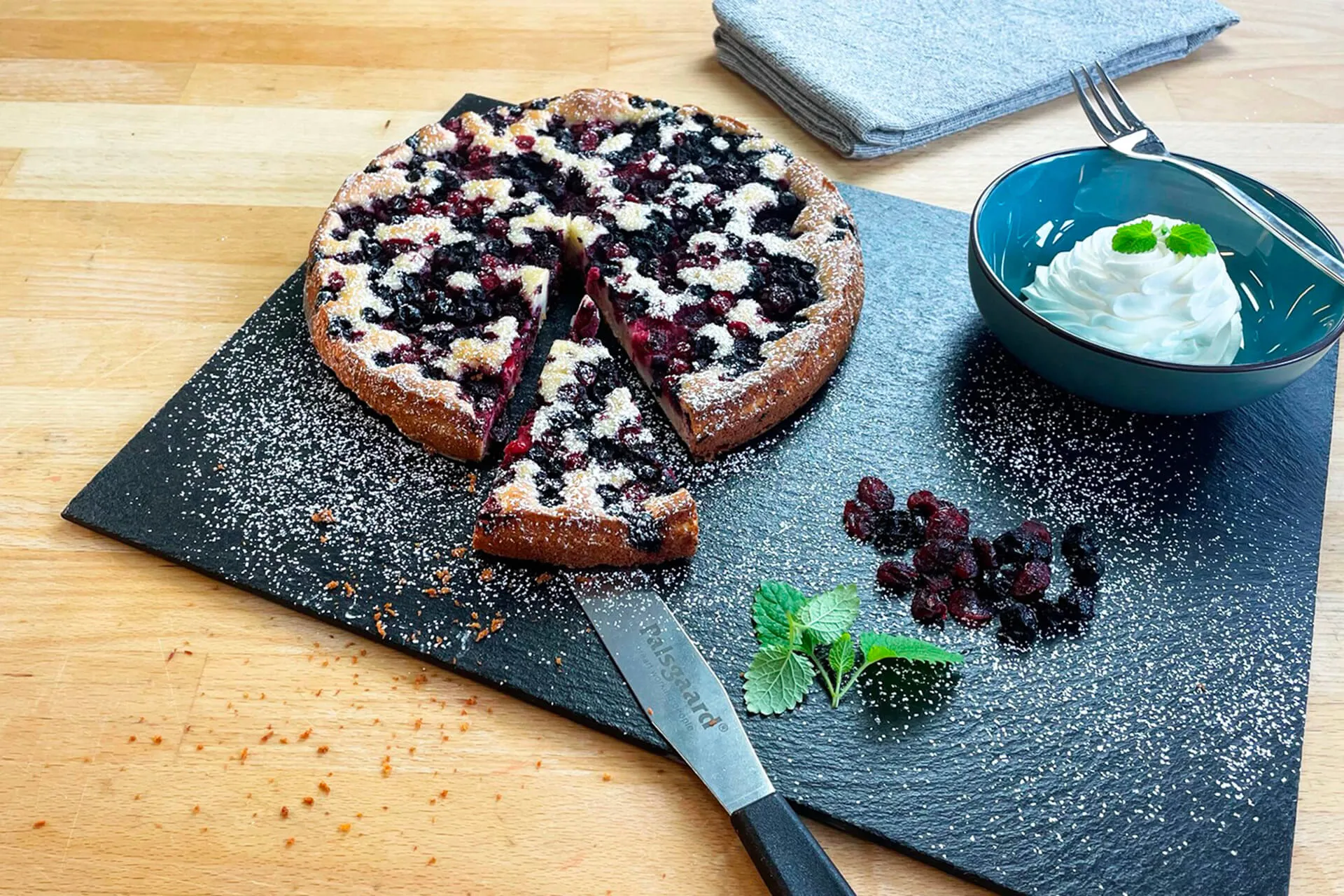
TECHNICAL ARTICLE
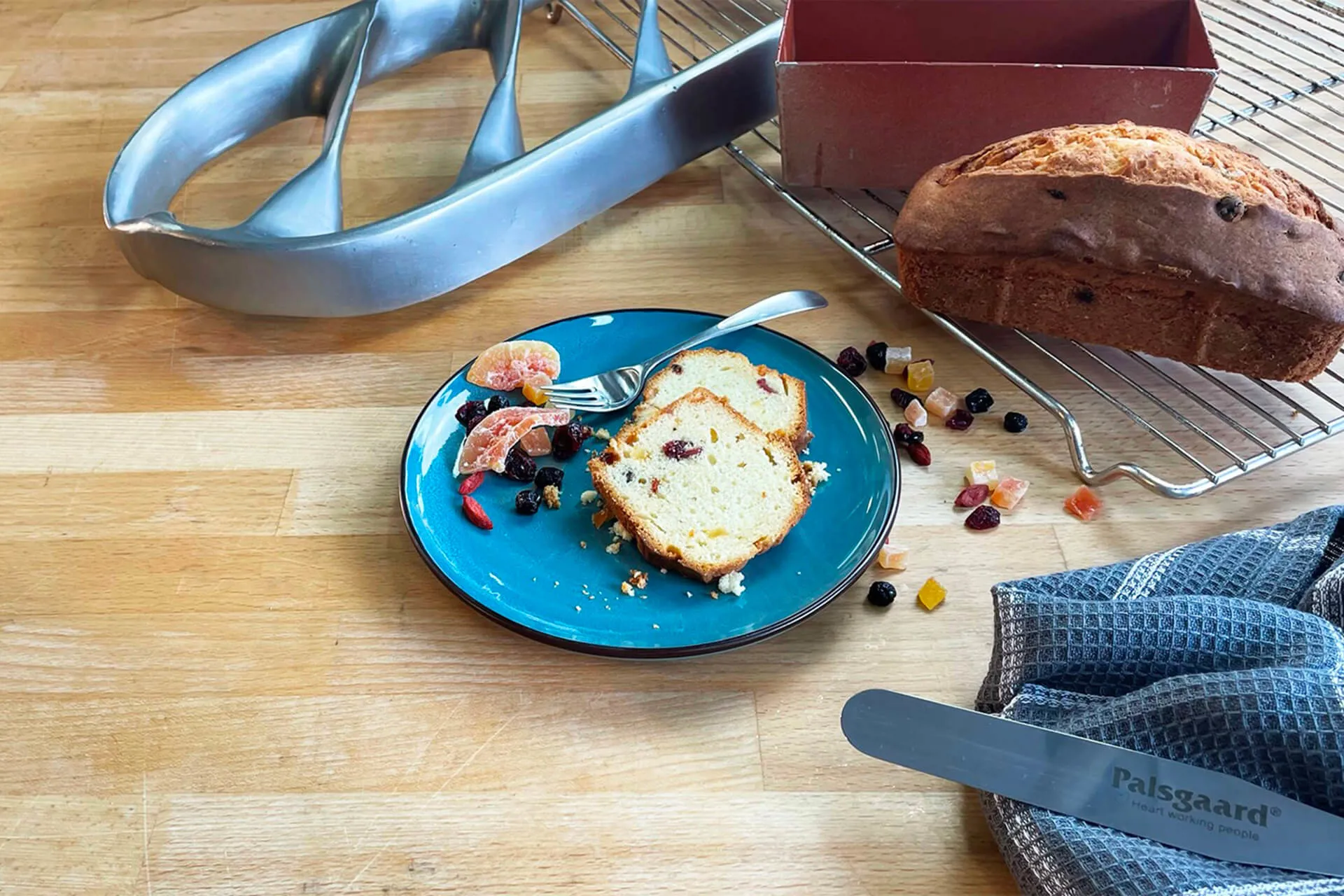
TECHNICAL ARTICLE
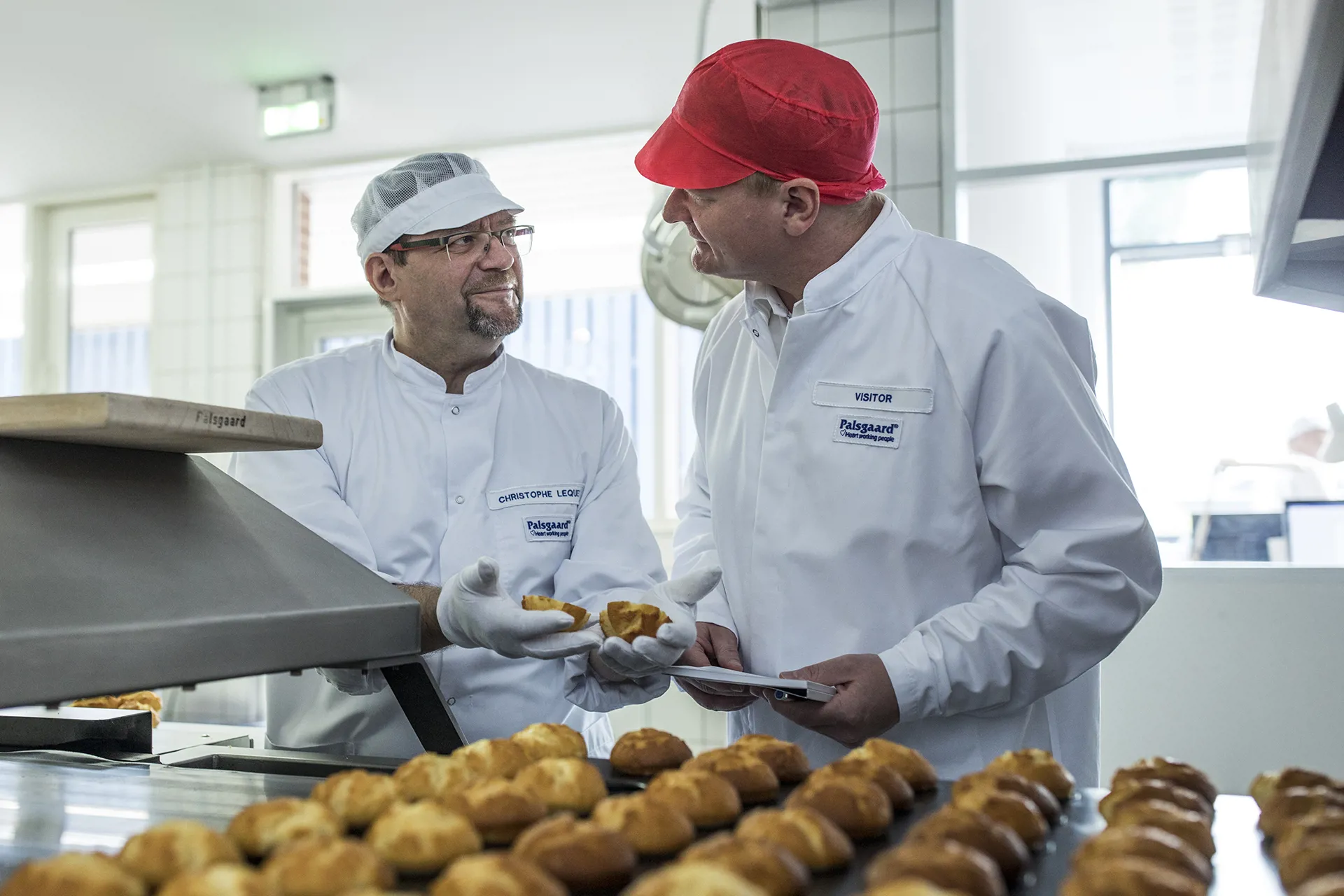
FEATURE ARTICLE
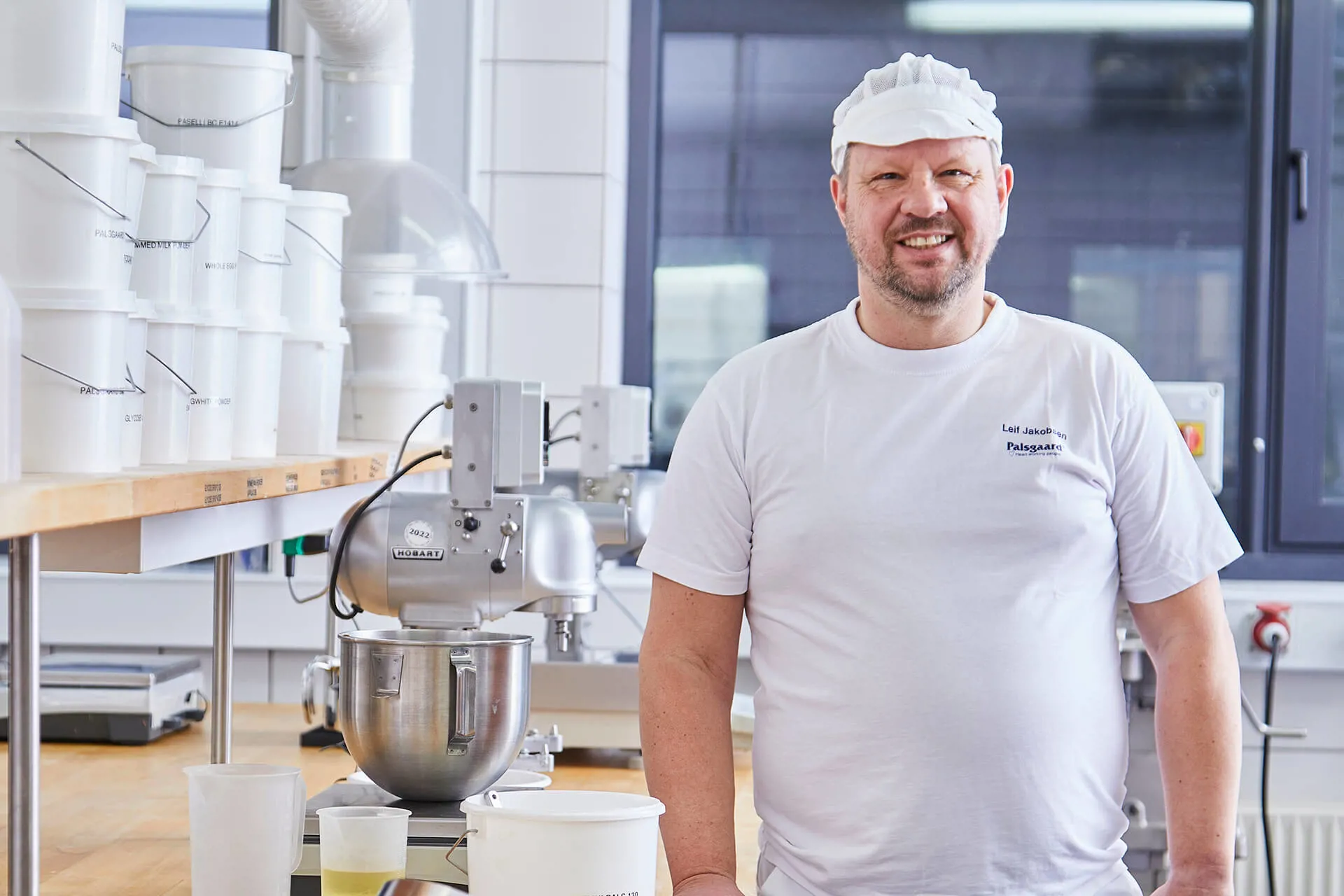
FEATURE ARTICLE
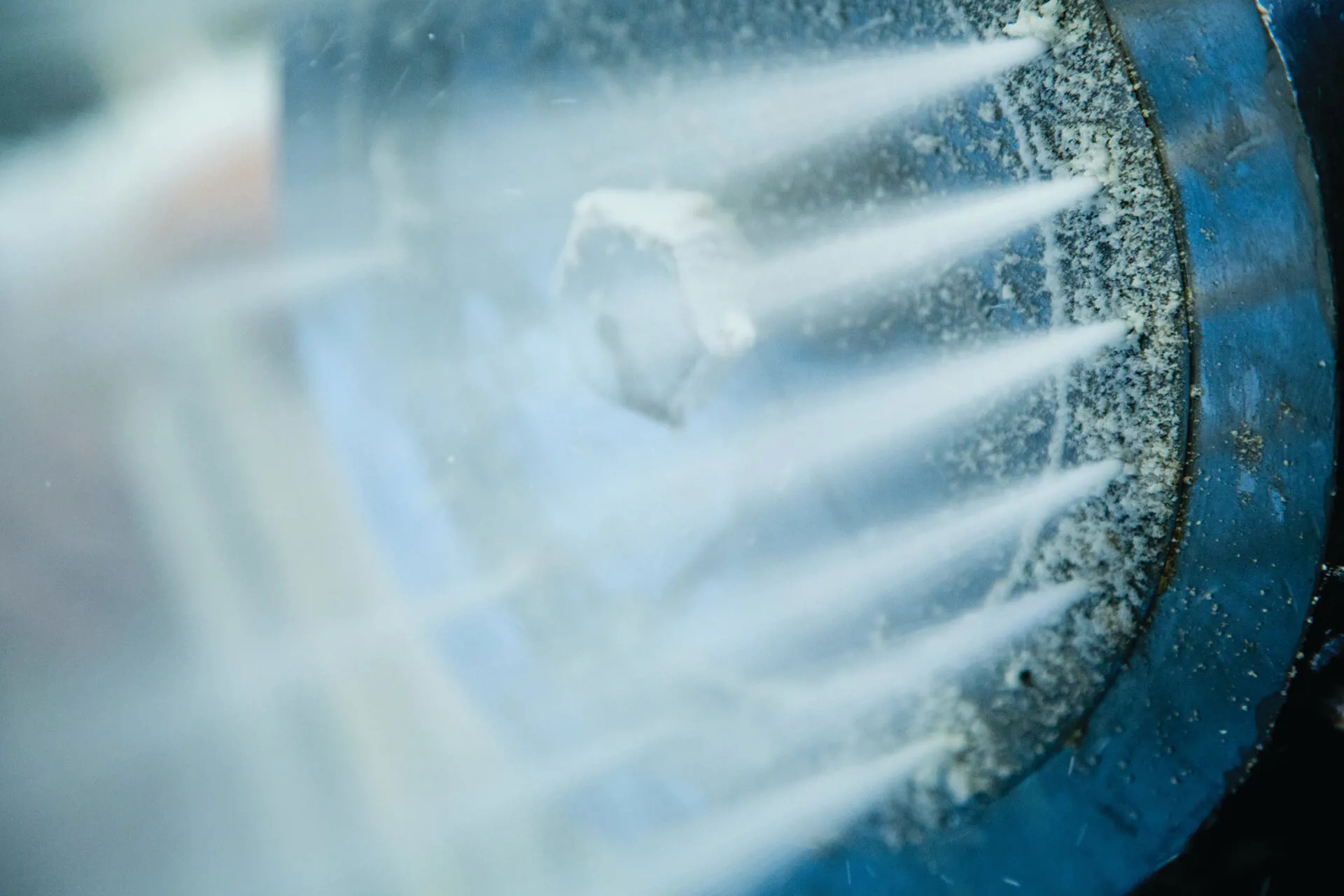
EMULSIFIERS EXPLAINED